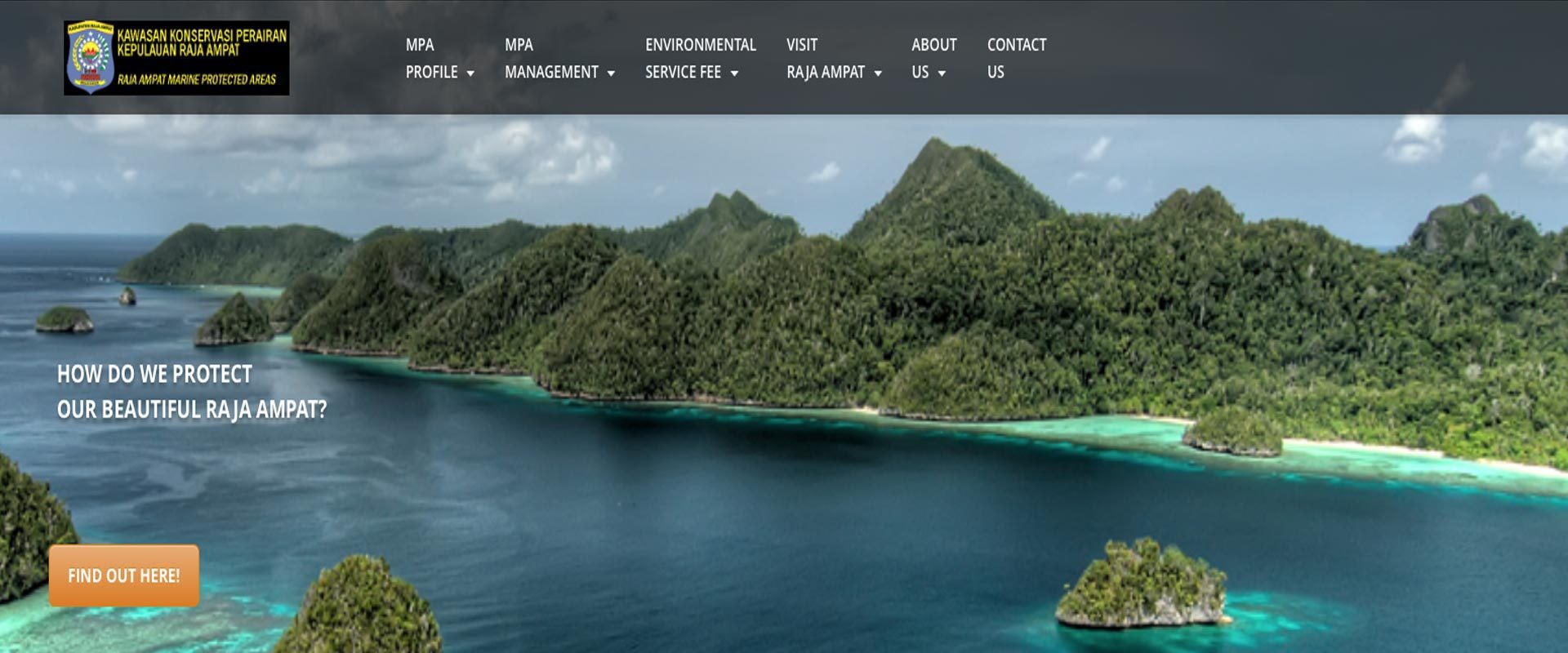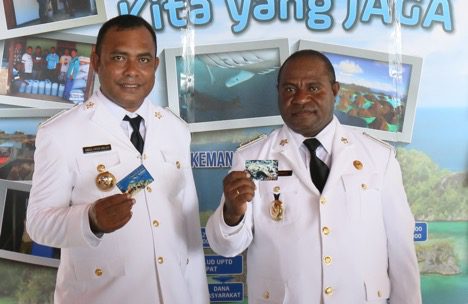Raja Ampat MPA (Marine Protected Area) Website Launches
Raja Ampat MPA (Marine Protected Area) Website Launches
Since its inauguration in 2015, the Raja Ampat Marine Protected Area (MPA) Network Management Authority (UPTD) has been committed to increasing its services and effectively managing its MPA Network. As a conservation region with high biodiversity value, the Raja Ampat government is dedicated to professionally and sustainably manage its unique environment and natural resources. In line with this commitment, the UPTD has just launched their official website at www.kkpr4.net.
The website was officially inaugurated by the Regent Head Abdul Faris Umlati at Saonek Village in Waigeo, Raja Ampat as part of the commemoration celebration of Indonesia’s 71st Independence Day. The website will serve as the official and primary source of information on the management of the Raja Ampat MPA Network, providing information on all conservation initiatives including scientific research, surveillance and community programs.
“This website helps domestic and foreign tourists to obtain information regarding Raja Ampat, primarily related to marine conservation management to ensure that its high marine biodiversity remains protected for the next generation” said the Raja Ampat Regent Head Abdul Faris Umlati.
The Raja Ampat Islands are located at the western end of West Papua Province, right in the heart of the Coral Triangle, and is the global epicenter of marine biodiversity. Scientific research that has been conducted by The Nature Conservancy (TNC) and Conservation International (CI), has shown that Raja Ampat is home to 75% of all coral reef species in the world, amounting to 553 coral species and 1,437 reef fish species.
These rich waters are the primary source of livelihood for over 40,000 people spread across 135 villages in the region. Local communities in Raja Ampat have very strong cultural links and traditional ownership rights over both land and water territories. Thus, the UPTD tailors its management approach to incorporate local knowledge and customs, crucial to ensure the long-term sustainability of the marine conservation program.

Head of UPTD Raja Ampat, Adrianus Kaiba introduces the website to the Regent Head Abdul Faris Umlati. (Photo: Nugroho Arif Prabowo/TNC)






































